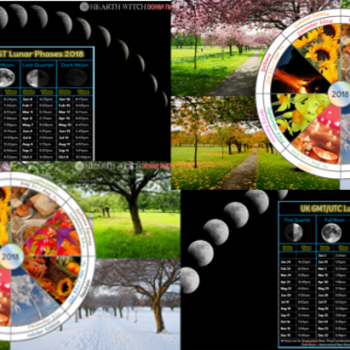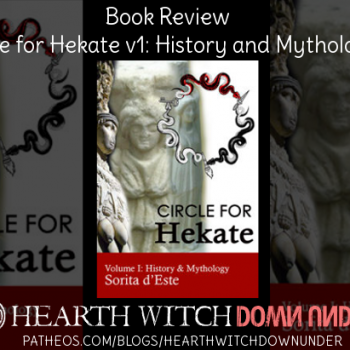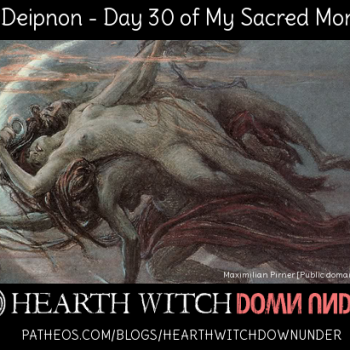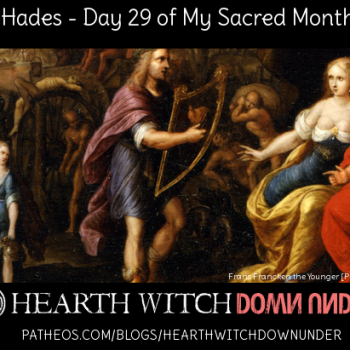I am sure you have seen this on your Facebook or elsewhere, the story of a grandmother who had been praying for years to Saint Anthony, via a figurine of him. But the figurine was actually Elrond from Lord of the Rings and the Hobbit, not Saint Anthony.
And the internet laughed and laughed. Though some found it sad instead funny, an indictment of praying to Saints and I suppose to idols.
In truth I found the whole story amusing as well, how could you not? She has been using a toy of Elrond thinking it was a Saint. Kind of like that meme that goes around saying you aren’t brave enough to share this image of Jesus and prove how much you love him – attached to an image of Obi Wan Kenobi. Apparently that originates with a woman who had the image on her mantle with her cross, thinking it was Jesus. Interesting how similar the two stories are actually.
Beyond the obvious initial amusement one can feel at such mistakes, I can’t really see what the big deal is. What’s so bad about these mistakes?
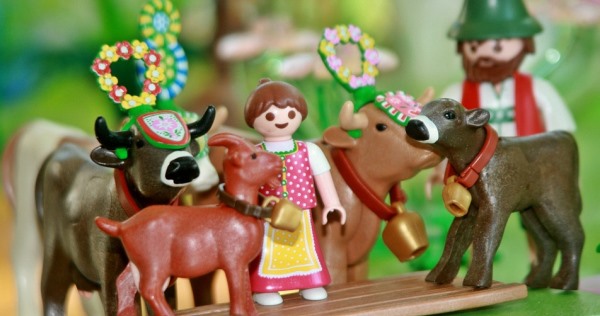
Statues are not Deities
When you buy a statue or figurine of a deity or other figure such as a saint, you generally don’t buy it thinking it is a literal embodiment of that deity – it’s merely a representation. For some traditions a statue, figurine or piece of artwork is purely symbolic, it helps you focus your thoughts, prayers or praise – you aren’t aiming these at the image or icon, you are aiming through the image or icon to the true recipient. The icon is like a conduit, not an actual being.
In other traditions the belief is that when you do pray to a deity, the deity may come to you and embody the statue you have dedicated to Them. It’s a temporary abode for the deity while They visit you. But the statue is still not actually Them, it is just a place for Them and again, a representation of Them.
Intent is the Key
Since we generally don’t see these icons as being the deities we pray to, then I have to wonder why it matters who the icon is based on originally. So the person (or more likely machine) that created the Elrond figurine had the intention of creating Elrond. But the woman praying to it was not praying to Elrond – that figurine, in her hands, in her mind, in her heart was not Elrond. It was Saint Anthony. It was so much him that when she prayed using that figurine it would have focused her mind to connect with Anthony – she surely wasn’t going to connect with the spirit of Elrond.
It doesn’t matter what the icon or image looks like – what matters is how it connects and focuses you. Many people pray without icons and images, without figurines and statues, without symbols to focus their intent. If you can pray to a deity without using any symbolism at all, and you can connect to that deity – then I think it’s pretty obvious that what matters in prayer is your aim. If your aim, your intention, is what connects you with deity in prayer and ritual, then how other people perceive your statue is hardly going to matter.
Pagans do it All the Time
Pagans and polytheists are actually pretty good at taking one figure and turning it into another – it happens a lot. We go looking for a statue of a specific deity, but either cannot find one or can’t find one we like or that we can afford. But then we find some other statue, not actually of our deity, but of someone else, maybe even of no one specific it’s just a generic statue. But something about it just screams at you and makes you feel it’s right.
The original intent of whoever created the statue is irrelevant. You can feel it, this statue is of your deity. There is no doubt about it.
I know of people who use statues of the Virgin Mary to represent a Pagan Goddess – any number of Goddesses actually. Closer to home, but still telling when it’s a hard Polytheist doing it – when people use a statue of Venus to represent Aphrodite. When people use a statue of Selene or Artemis to represent Hekate. And even more likely to be seen is non-human representations of deities – animals most often, but for Gods like Hermes, a stack of rocks is kind of a statue of Him.
We do this because we know, it doesn’t matter what was in the mind of the creator – only our perception matters. And we’re going to cleanse the crap out of these things anyway, so any intent infused into the statue is going to be removed. Statues, icons, images – they are empty of all meaning until we apply meaning to them.
But Maybe it is Sad
Some Christians find the story of the woman with the Elrond figurine sad, for various reasons that I don’t particularly agree with. But thinking about it, I guess I also find it sad.
I don’t find it sad that she saw that figurine as her Saint. I find it sad that she was made aware of her mistake and that her connection to Saint Anthony was suddenly pulled out from under her. I find it sad that she might now be doubting every prayer she has ever said through that figurine. I find it sad that she has lost a connection that was real, because others have possibly made her feel it was not real.
From my view that woman never owned an Elrond toy, she owned a Saint Anthony figurine. It was everyone else who saw it the wrong way and felt the need to align her view with theirs.
And yes, that is very sad.







